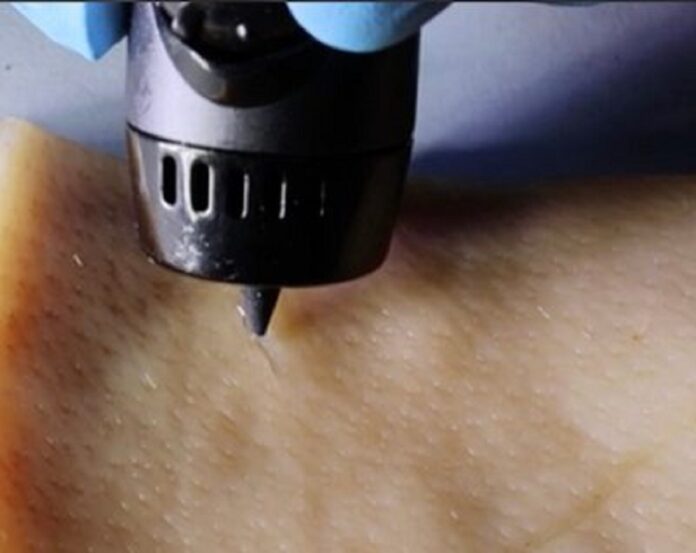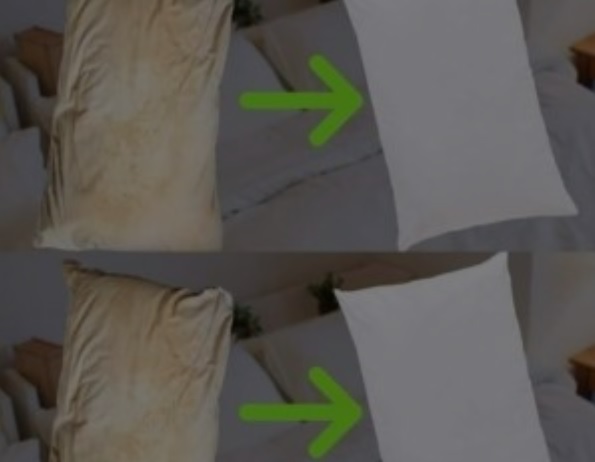The treatment of cutaneous wounds involving complicated biological processes has become a significant public health concern worldwide.
According to a new study, Researchers have developed a wound-healing ink that can actively stimulate the body to recover by exposing the cut to immune-system vesicles,
The ink can be distributed into any shape using a 3D-printing pen. In mice, the method practically entirely mended wounds in just 12 days.
White blood cells and the extracellular vesicles (EVs) they secrete are vital in encouraging blood vessel development and lowering inflammation during healing.
When the skin is cut or torn, the body’s natural “construction crew” repairs it, removing any bacterial invaders, regrowing broken blood vessels, and finally developing a scar. Many wound-healing therapies can’t do much more than help the body do its job better. Bandages or stitches are used to stop future bleeding, while antibiotics try to avoid infection-related problems.
However, including construction crew members in wound-healing therapy or bandage could improve natural healing. White blood cells, particularly the extracellular vesicles (EVs) produced by them, play critical roles in stimulating blood vessel development and lowering inflammation during recovery.
Dan Li, Xianguang Ding, and Lianhui Wang planned to use these EVs to create a hydrogel-based wound healing ink that could be painted into any cut.
The team developed a PAINT system, or “portable bioactive ink for tissue healing,” using EVs secreted from macrophages combined with sodium alginate.
Human epithelial cells were moved into the “proliferative” or growth phase of healing after the EVs boosted blood vessel creation and lowered inflammatory indicators. PAINT was also tried on injured mice, increasing the synthesis of collagen fibers.
Compared to mice who did not get the treatment, mice treated with PAINT had almost healed from a major wound after 12 days.



